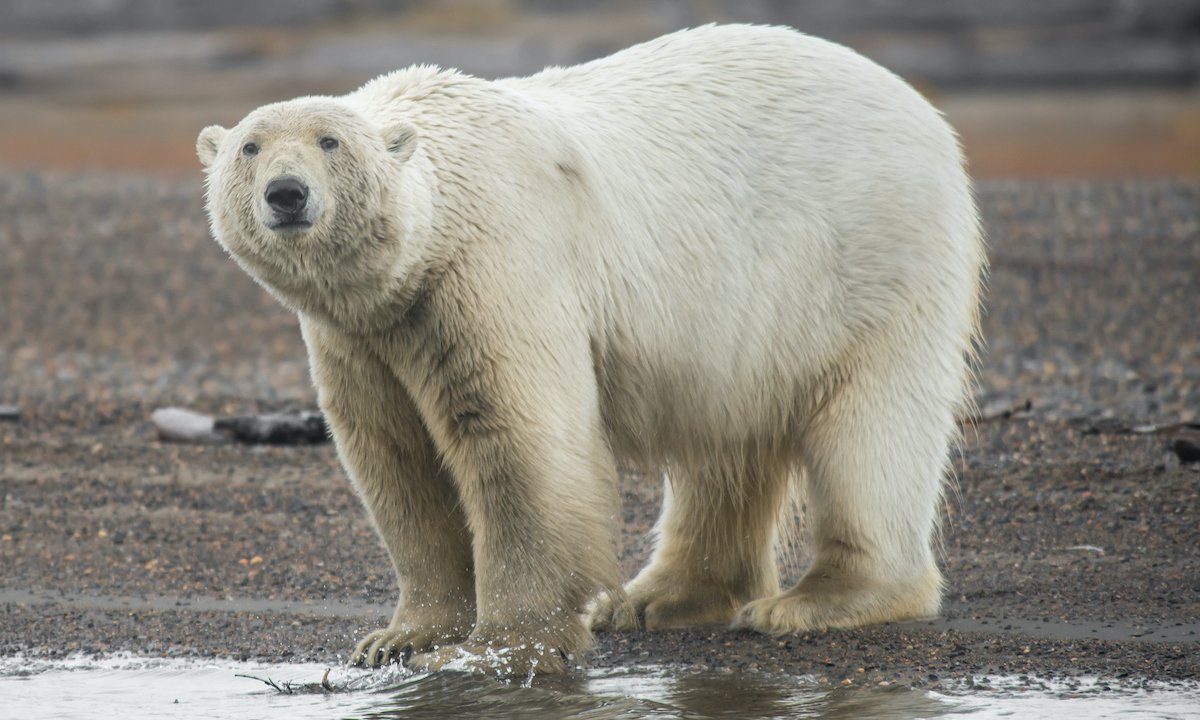

Some states get flood watches or tornado warnings, but in Canada, spring weather tends to herald a different threat. Earlier this week, Canadian authorities issued a “polar bear warning” for communities along the coast. This is the first such warning this year.
Videos by Outdoors
The notice comes in the wake of several polar bear sightings over the last few weeks. Right now, it only applies to coastal communities in Newfoundland and Labrador. While it isn’t uncommon to see polar bears patrolling beaches — or even wandering streets — this far north, some residents have found it unusual to receive a warning this early in the year, reports CBC News.
The advanced timeline could be due to melting Arctic sea ice. The bears rely on the ice to travel in search of food and to access ocean-going prey like seals. When the bears no longer have enough floating ice to wander across, they tend to come ashore. Because Arctic sea ice has been melting faster in recent years, bears have been forced to spend more time on land. That, in turn, has lead to more human-polar bear encounters.
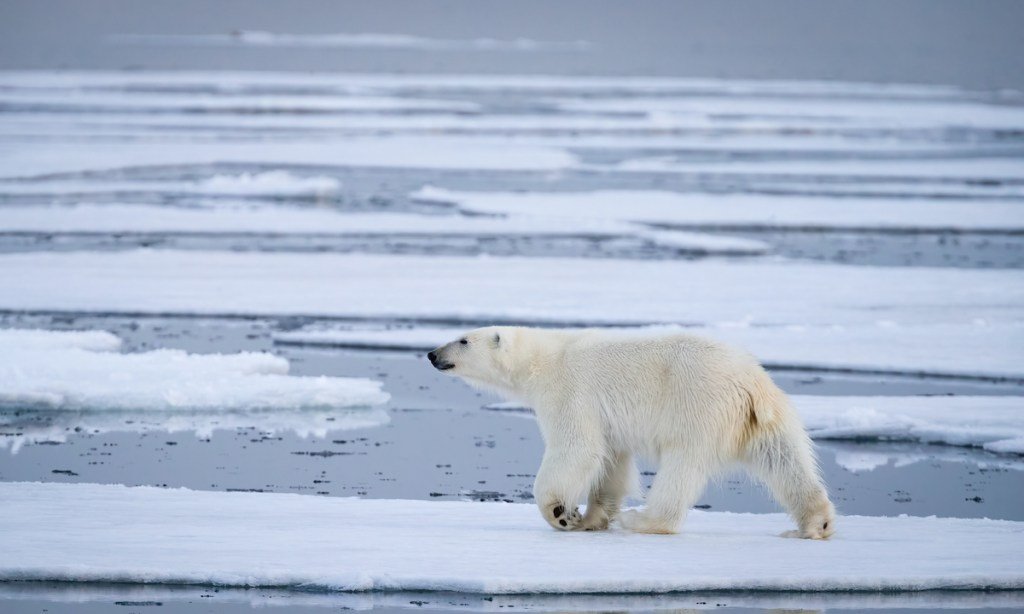
This week’s polar bear warning, which was issued by the Department of Fisheries, Forestry and Agriculture, advises local residents to travel in groups, keep trash secured in bear-proof containers and keep pets indoors when possible. “Under no circumstances should residents approach a polar bear,” the government notice reads. If you do stumble upon a bear by accident, stay calm, back away slowly and give the bear plenty of space. Be careful not to make eye contact or get between a bear and its cubs.
While bear encounters remain a problem in northern Canada, scientists hope that improved polar bear tracking and monitoring could help. If modern research can help us learn more about the animals’ movements, particularly during this time of year, it could become easier to predict their behavior. In theory, that could help limit dangerous polar bear interactions in the future.
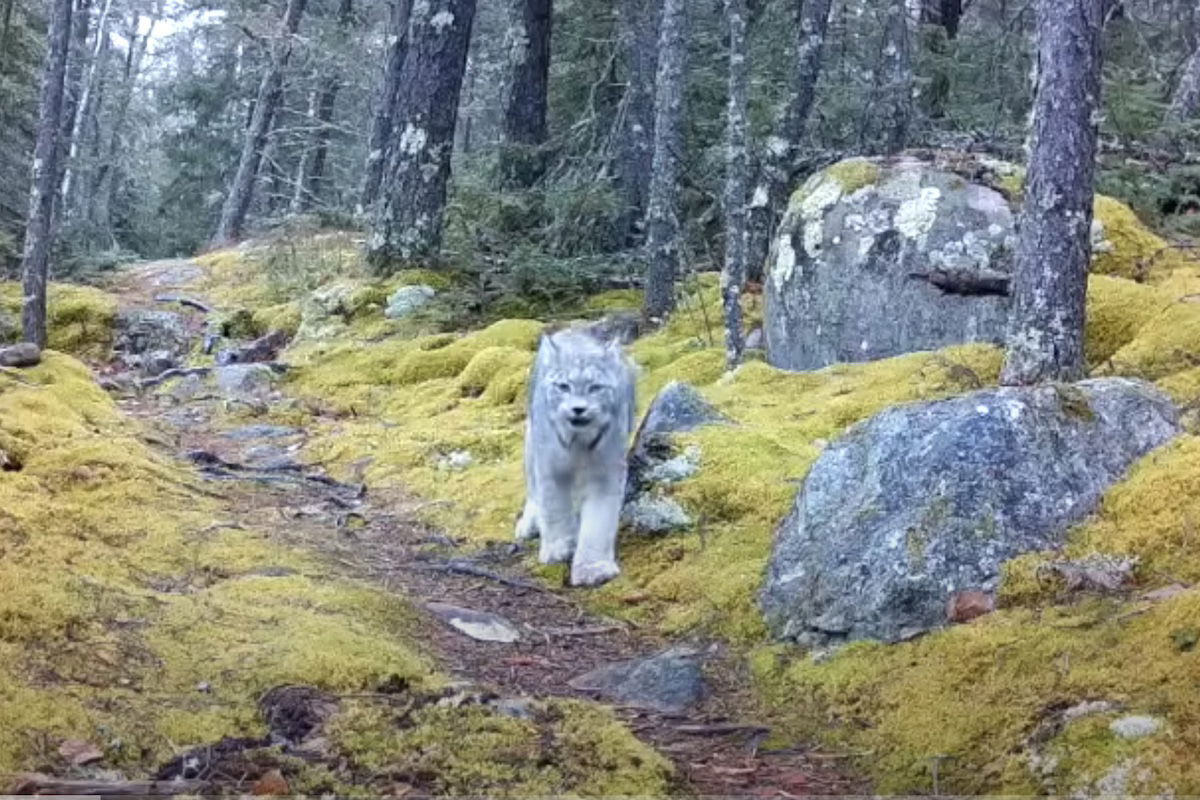




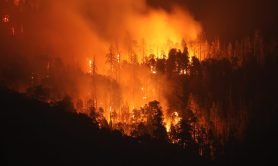


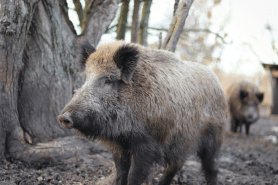
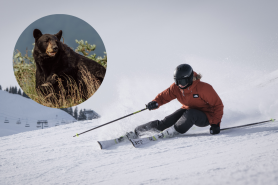
Pingback: Inside Canada’s Polar Bear Prison – Outdoors.com